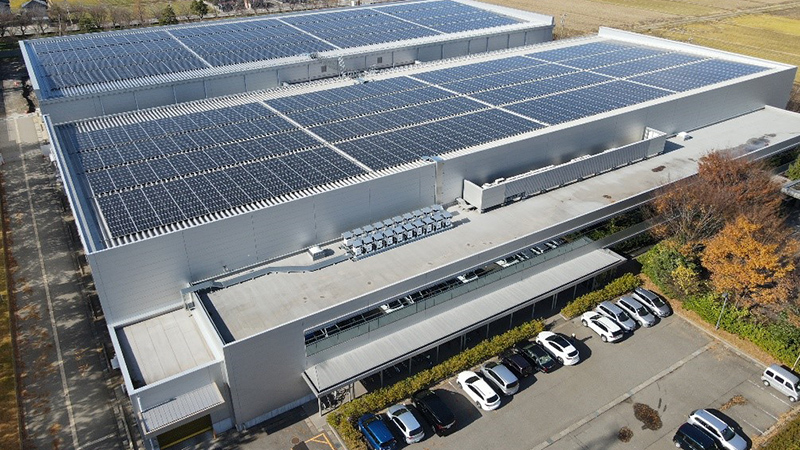In an era where environmental consciousness and personal health are at the forefront of public discourse, understanding the chemicals we encounter daily is crucial. From household products to industrial applications, the presence of harmful substances can pose significant risks to human health and the environment. This article delves into the various chemicals that should be avoided, providing a comprehensive overview of their implications and safer alternatives.
Understanding the Risks of Harmful Chemicals
Chemicals are ubiquitous in our lives, found in everything from cleaning supplies to cosmetics and even food packaging. However, not all chemicals are created equal. Some can disrupt endocrine systems, cause respiratory issues, or even lead to long-term health complications such as cancer. The key to mitigating these risks lies in awareness and informed choices.
Common Chemicals to Avoid
- Phthalates
Often found in plastics, phthalates are used to increase flexibility and durability. However, they are known endocrine disruptors, which can interfere with hormone function. Exposure to phthalates has been linked to reproductive issues and developmental problems in children. To avoid phthalates, look for products labeled as “phthalate-free,” particularly in toys, personal care products, and food packaging. - Bisphenol A (BPA)
BPA is commonly used in the production of polycarbonate plastics and epoxy resins. It has been associated with various health concerns, including hormonal imbalances and increased risk of certain cancers. Opt for BPA-free products, especially in food containers and water bottles, to minimize exposure. - Formaldehyde
This chemical is often found in building materials, household products, and even some cosmetics. Formaldehyde is a known carcinogen and can cause respiratory problems and skin irritation. When renovating or purchasing new furniture, choose low-formaldehyde or formaldehyde-free options, and ensure proper ventilation in your living spaces. - Parabens
Commonly used as preservatives in cosmetics and personal care products, parabens can mimic estrogen in the body, potentially leading to hormonal disruptions. Look for products labeled “paraben-free” to reduce exposure, particularly in skincare and haircare items. - Triclosan
This antibacterial agent is often found in soaps and personal care products. While it was once thought to be a safer alternative to traditional antibacterial agents, triclosan has been linked to antibiotic resistance and hormonal disruptions. Opt for soap and personal care products that do not contain triclosan, and consider using plain soap and water for effective cleaning. - Heavy Metals (Lead, Mercury, Cadmium)
Heavy metals can be found in various products, including cosmetics, jewelry, and even some foods. These metals can accumulate in the body over time, leading to serious health issues such as neurological damage and kidney problems. Always check product labels and avoid items known to contain heavy metals, particularly in cosmetics and children’s toys.
Safer Alternatives and Practices
To reduce exposure to harmful chemicals, consider the following practices:
- Choose Natural Products: Opt for cleaning supplies and personal care products made from natural ingredients. Brands that prioritize eco-friendly practices often avoid harmful chemicals altogether.
- Read Labels Carefully: Familiarize yourself with ingredient lists and certifications. Look for products that are free from the chemicals mentioned above.
- Educate Yourself: Stay informed about the latest research on chemicals and their effects. Resources such as the Environmental Working Group (EWG) provide valuable insights into safe products.
- Support Regulations: Advocate for stricter regulations on harmful chemicals in consumer products. Supporting organizations that promote chemical safety can lead to broader changes in industry practices.
Conclusion
In a world where chemical exposure is nearly unavoidable, knowledge is your best defense. By understanding which chemicals to avoid and making informed choices, you can significantly reduce your risk of health issues and contribute to a safer environment. As consumers, we hold the power to drive change by demanding safer products and supporting brands that prioritize our health and well-being. Remember, every small choice counts in the journey toward a healthier, chemical-free life.





